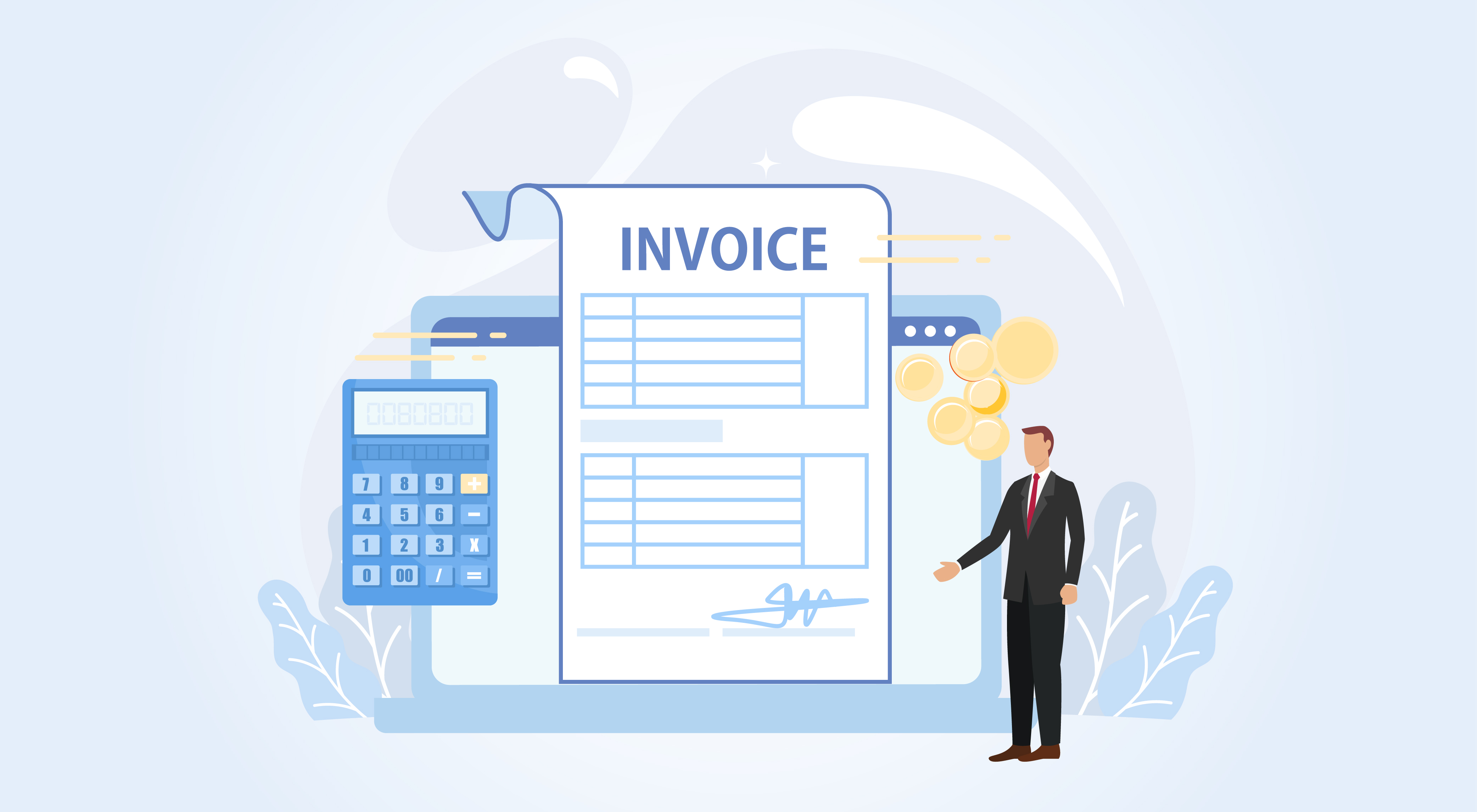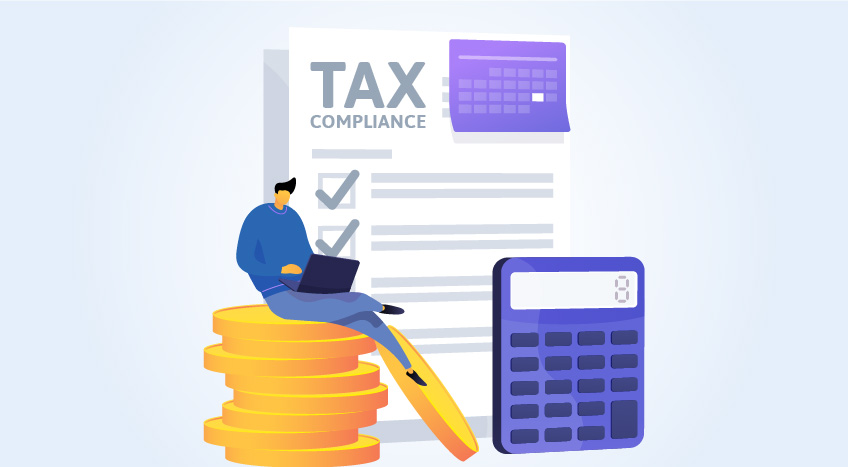Value-Added Tax (VAT) was introduced in Saudi Arabia on January 1, 2018, as part of the nation’s economic diversification efforts. Initially set at 5%, the VAT rate was increased to 15% in July 2020 to address economic challenges during the COVID-19 pandemic. This guide provides an overview of VAT, its rates, compliance requirements, and key updates to help businesses and individuals navigate the system effectively.
What is VAT?
VAT, or Value-Added Tax, is a consumption tax levied on the supply of goods and services. It is applied at each stage of the supply chain, from production to the final sale to consumers. Businesses collect VAT on behalf of the government and can recover VAT paid on their inputs.
VAT Rates and Applicability in Saudi Arabia
Understanding VAT rates and their applicability is crucial for compliance. Here’s a breakdown:
- Standard Rate (15%): Applies to most goods and services.
- Zero Rate (0%): Covers specific exports, healthcare, and education services.
- Exempted Categories: Includes financial services and residential real estate.
Proper classification of transactions ensures businesses can recover input VAT and avoid penalties.
Transitional Provisions for VAT Rate Changes
When the VAT rate increased from 5% to 15% in 2020, transitional provisions were introduced to help businesses adjust. These provisions outlined how to handle existing contracts and invoices to comply with the new rate.
Goods and Services Subject to VAT
Most goods and services in Saudi Arabia are subject to VAT unless explicitly exempted or zero-rated. Businesses must evaluate their offerings to determine the applicable rate.
VAT-Exempted Categories
- Financial Transactions: Includes specific financial services.
- Residential Rent: Leasing and renting of residential properties.
Businesses in these categories do not charge VAT but may have limited recovery of input VAT.
How frequently should VAT returns be filed?
|
Type of business |
Frequency of Return filing |
|
Businesses with taxable supplies exceeding SAR 40 million |
Monthly returns |
|
Businesses with taxable supplies up to SAR 40 million |
Quarterly returns |
VAT Registration in Saudi Arabia
Businesses must register for VAT if their taxable sales exceed 375,000 SAR in the past 12 months or are expected to exceed this threshold in the upcoming year. Registration is mandatory for compliance and allows businesses to charge VAT on their sales.
VAT Compliance Requirements
Compliance with VAT regulations is essential to avoid penalties. Key requirements include:
- Filing VAT Returns: Regular submission of VAT returns detailing sales and purchases.
- Record-Keeping: Maintaining accurate transaction records for tax filings.
- Invoicing: Issuing proper invoices with correct VAT rates.
Recent updates mandate electronic filing through the Zakat, Tax, and Customs Authority (ZATCA) portal.
VAT Return Filing, Deadlines, and Refunds
The frequency of VAT return filings depends on business size:
- Monthly Filings: For businesses with annual revenues exceeding 40 million SAR.
- Quarterly Filings: For businesses with revenues below this threshold.
ZATCA’s online portal has streamlined the filing process, and recent updates have improved refund processes for local businesses and eligible non-resident entities.
Frequently Asked Questions (FAQs)
1. What is the deadline for VAT registration in Saudi Arabia?
The deadline for VAT registration was December 20, 2017.
2. How does VAT work in Saudi Arabia?
VAT is an indirect tax applied to goods and services. Businesses collect VAT from consumers and remit it to the government.
3. When did VAT become applicable in Saudi Arabia?
VAT has been applicable since January 1, 2018.
4. Who is exempt from VAT in Saudi Arabia?
The following are exempt:
- Residential rent (leasing and renting of residential property).
- Specific financial services.
Conclusion
Navigating the VAT system in Saudi Arabia is essential for businesses to remain compliant and efficient. With ongoing updates from ZATCA, staying informed about VAT regulations, filing deadlines, and compliance requirements is critical for successful operations.









